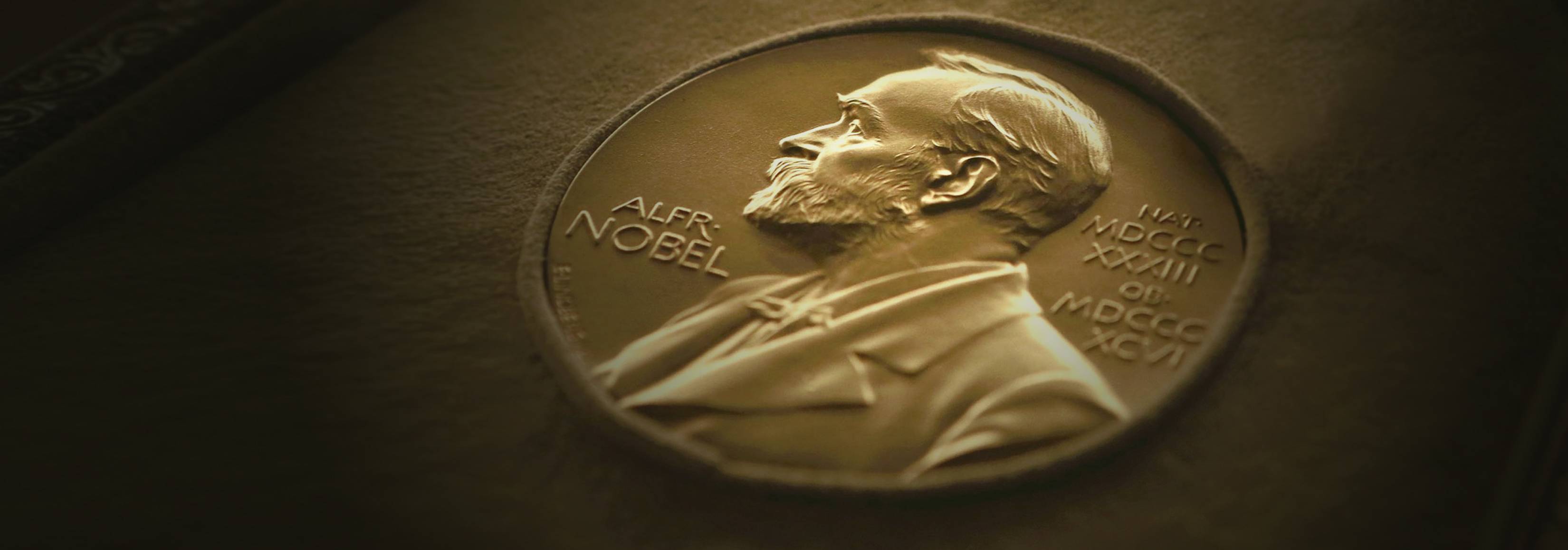Our highly advanced visual system is one of our most valuable survival mechanisms. But how we perceive from moment to moment the details of our visual domain — how we notice the jagged edges of a broken shard of glass, or distinguish the red-yellow-green of a traffic light, or mark the shift in a snow bank that can trigger a sudden avalanche — remained a mystery even 900 years after Arabic scholar Ibn al-Haytham published the first proof that vision is the result of light hitting the eye. In the 1950s, a renaissance of discovery heralded a wholly new understanding of how we see. American neurophysiologist and Rockefeller University professor H. Keffer Hartline helped create that renaissance when he revealed a surprising fact: How the brain interprets what is transmitted by the eyes is half decided before an image even reaches the visual cortex. For his discovery of the optical nerve network, Dr. Hartline received the 1967 Nobel Prize in Physiology or Medicine.
Research in the early 20th century achieved much description of visual processing, but little explanation of how it works. In the 1950s, Harvard University scientist George Wald elucidated the mechanism by which light triggers the rod-shaped sensory cells of the eye into action, beginning the process that ends in the brain. Ragnar Granit, a researcher at the Karolinska Institute, identified the three types of cone-shaped sensory cells of the retina, each of which is sensitive to a different segment of the visual spectrum of light, allowing us to perceive color. The two men shared the Nobel Prize with Dr. Hartline, whose deeper anatomical studies showed how the rods and cones of the retina are connected to the brain.
Dr. Hartline used the horseshoe crab, Limulus polyphemus, as his first experimental model because of its compound eye, long, easy-to-isolate optic nerve and large individual photoreceptor cells. In 1932, he and his colleagues at the University of Pennsylvania were the first to record nerve impulses from single optic nerve fibers, by placing electrodes on the fibers and stimulating them with light. The experiments proved Dr. Hartline’s hypothesis that visual information is relayed to the brain through nerve impulses. In 1938, Dr. Hartline moved on to a more difficult model — frogs — and used microdissection to isolate single nerve fibers. During these experiments, he noticed that the individual fibers were not all firing in the same way. Some were stimulated by steady light, others responded only when the light first hit the eye and others went into action when the light faded.
Returning to the horseshoe crab, Dr. Hartline discovered that the photoreceptor cells are interconnected by a network of nerve fibers that communicate with each other via the mechanism of lateral inhibition: the ability of an excited neuron to reduce the activity of its neighbors. Some of the photoreceptors, in other words, can mute the impulses of others, resulting in greater contrast between light and shadow and thus sharpening the edges of shapes in the image before sending it to the brain — an evolutionary advantage on a number of levels.
During the 1960s, Dr. Hartline continued to further our understanding of this mechanism and the functions of individual photoreceptors, focusing especially on the detection of movement. He developed a series of mathematical equations that express the workings of the nerve network in the compound eye. And he expanded his studies of visual nerve networks to members of each of the three phyla that have well-developed but simple eyes: the arthropods, vertebrates and mollusks, showing that the same mechanism is at the center of visual processing in all of them.
CAREER
Born in Bloomsburg, Pennsylvania, in 1903, Dr. Hartline began his research into the visual system during his undergraduate studies at Lafayette College and spent summers at the Marine Biological Laboratory at Woods Hole. Following his M.D. at The Johns Hopkins University in 1927, he was granted several research fellowships to study mathematics and physics, first at Johns Hopkins, then at the Universities of Pennsylvania, Leipzig and Munich. From 1931 to 1949, he was a member of the research faculty at the Eldridge Reeves Johnson Foundation for Medical Physics at the University of Pennsylvania, with a year-long break in 1940 when he served as associate professor of physiology at Cornell Medical College. In 1949, Dr. Hartline joined Johns Hopkins as chair of the Thomas C. Jenkins Department of Biophysics. He came to The Rockefeller Institute in 1953. Dr. Hartline was a member of the National Academy of Sciences. He died in 1983.
